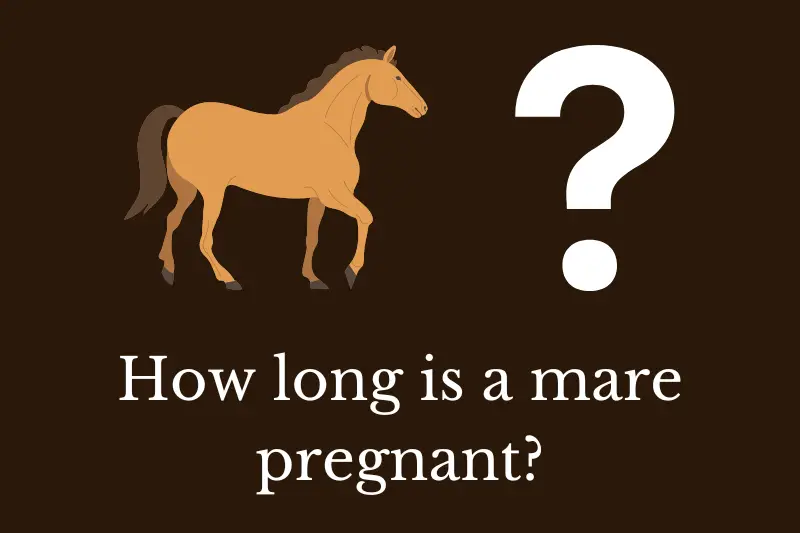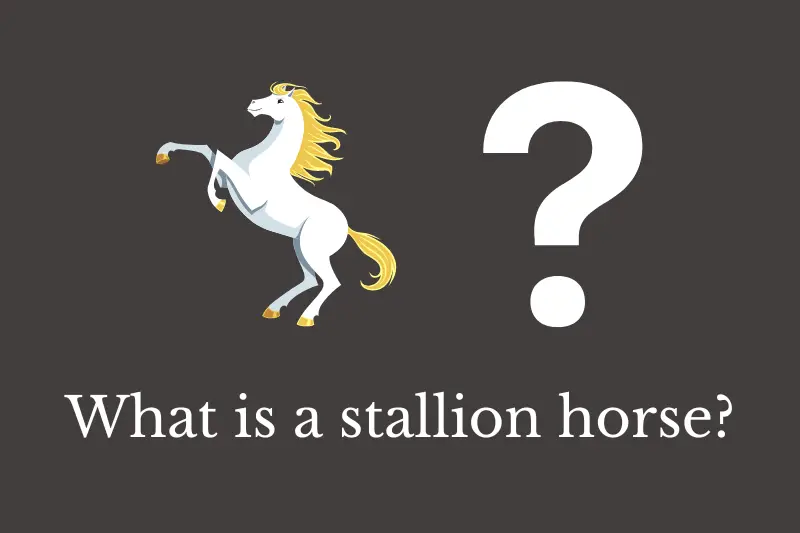Squirrels, with their exceptional climbing skills, have long been admired and observed by humans for their ability to traverse various surfaces, including brick walls. This impressive feat may appear impossible at first glance, but squirrels possess a unique combination of physical and biological adaptations that enable them to scale such structures. Let’s discuss the factors that contribute to a squirrel’s ability to climb brick walls, from their specialized claws and limbs to their keen sense of balance and spatial awareness.
How are squirrels able to climb brick walls
Specialized claws and limbs
One of the most crucial factors contributing to a squirrel’s climbing prowess is their sharp, curved claws. These claws provide them with a strong grip, allowing them to maintain their hold on surfaces, including brick walls. The curvature of their claws enables them to dig into the crevices and gaps between bricks, ensuring a stable hold.
In addition to their claws, squirrels have double-jointed hind limbs, which provide them with exceptional flexibility and maneuverability. This enables them to rotate their feet backward, allowing for a firm grip even when climbing down a vertical surface. This unique adaptation sets them apart from other climbing animals and contributes to their extraordinary climbing capabilities.
Sense of balance and spatial awareness
Squirrels possess a keen sense of balance and spatial awareness, which allows them to navigate complex environments with ease. Their long, bushy tails play a crucial role in maintaining balance, acting as a counterweight and providing stability as they traverse various surfaces. Additionally, their tails serve as a rudder, helping them change direction quickly and efficiently while jumping between branches or scaling walls.
Furthermore, squirrels have exceptional vision, which aids in their spatial awareness. Their large, forward-facing eyes provide a wide field of view and excellent depth perception, allowing them to accurately judge distances and plan their routes accordingly. This is particularly beneficial when climbing brick walls, where misjudging distances could lead to a fall.
Lightweight and agile bodies
Squirrels are lightweight and agile, which further enhances their climbing abilities. Their small size and light body weight allow them to exert minimal pressure on their limbs and claws, ensuring a stable grip on surfaces such as brick walls. Additionally, their agility allows them to move quickly and efficiently, avoiding potential predators or threats.
Adaptation to urban environments
In recent years, squirrels have increasingly adapted to urban environments, where brick walls and other man-made structures are commonplace. Their ability to scale these vertical surfaces provides them with a significant advantage in finding food, shelter, and escaping predators. This adaptability has contributed to the success of squirrel populations in urban areas, where they have become a familiar sight.
Impact on human-squirrel interactions
While the ability of squirrels to climb brick walls may be impressive, it can also lead to conflicts with humans, particularly when they find their way into homes or gardens. Squirrels can cause damage to property, including chewing on wires, insulation, and wooden structures, as well as digging up gardens in search of food.
To mitigate these issues, homeowners can take preventive measures, such as installing squirrel-proof bird feeders, sealing entry points to homes, and trimming tree branches that provide access to roofs or walls. These steps can help to reduce the likelihood of squirrels causing damage to property while still allowing them to coexist peacefully with humans in urban environments.
Conservation efforts and public perception
While squirrels are often perceived as pests in urban areas, it is essential to recognize their role in ecosystems and the importance of conservation efforts. Squirrels are vital seed dispersers, contributing to the growth and regeneration of forests and other natural habitats. Additionally, they serve as prey for various predators, maintaining balance within the ecosystem.
Public education and awareness campaigns can help shift the perception of squirrels from being solely a nuisance to appreciating their unique abilities and ecological importance. Encouraging the coexistence of squirrels and humans in urban environments can be achieved through responsible wildlife management practices, which balance the needs of both humans and wildlife populations.
Summary
The remarkable ability of squirrels to climb brick walls is a testament to their unique physical and biological adaptations, including their specialized claws, double-jointed limbs, keen sense of balance, and exceptional spatial awareness. These traits have enabled squirrels to adapt to urban environments, where brick walls and other man-made structures are abundant.
While squirrels may sometimes be considered pests due to their potential for property damage, it is essential to recognize their ecological significance and the importance of conservation efforts. By taking preventive measures to protect homes and gardens, humans can coexist peacefully with squirrels in urban environments.





















